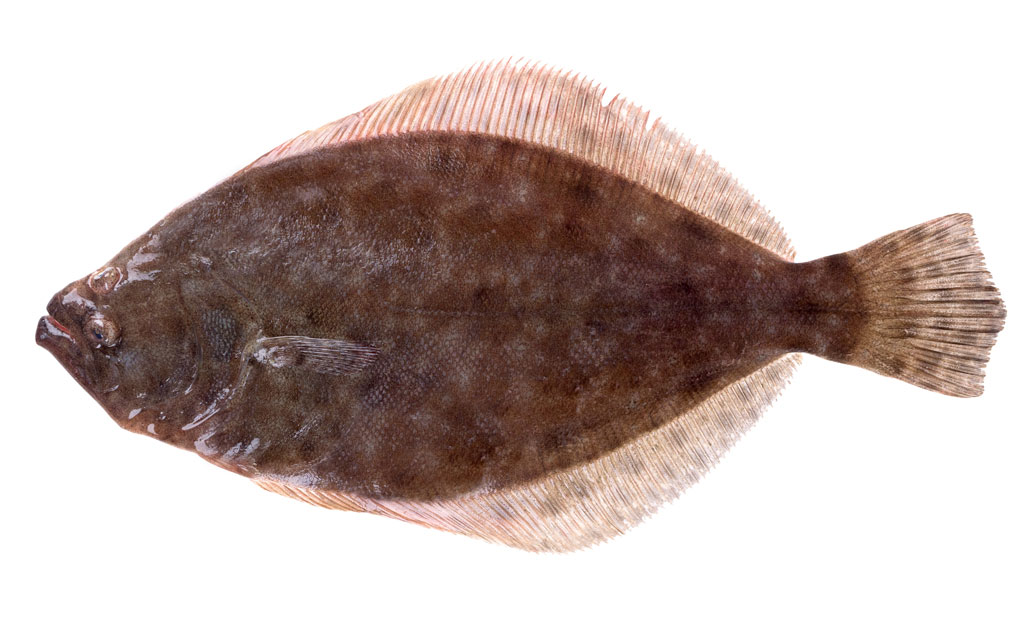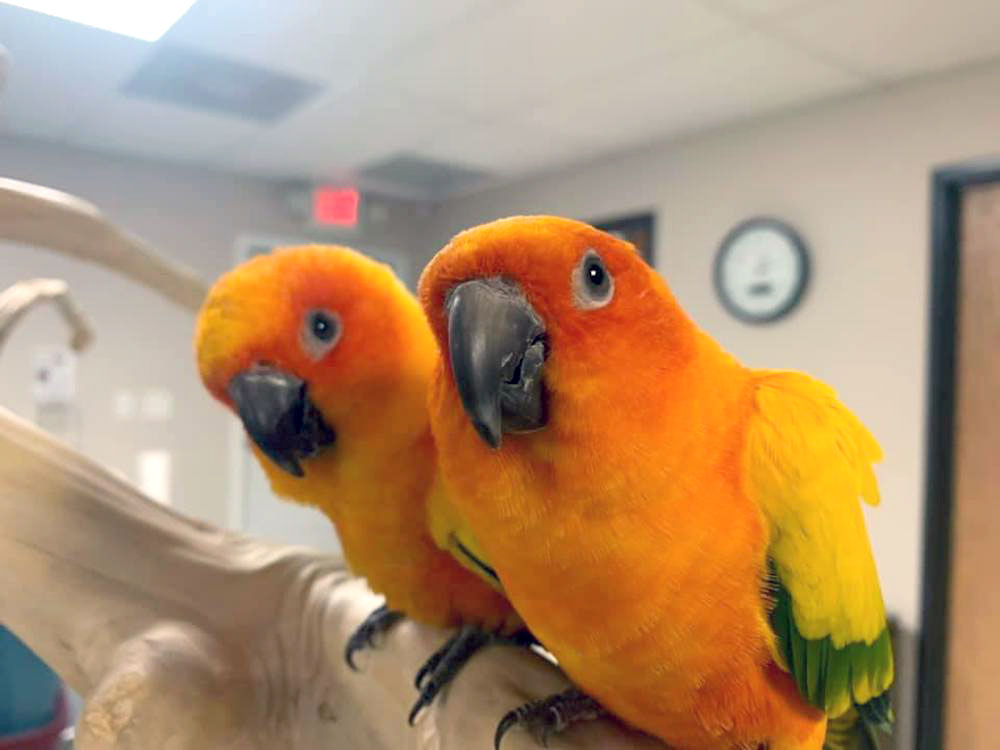
Whooping cranes migrating to the Aransas National Wildlife Refuge for the winter begin arriving in December.
The Texas Parks and Wildlife Department is encouraging Texans, especially those on the Coastal Bend, to watch for migrating whooping cranes.
The graceful endangered cranes will begin arriving to the coastal marshes of Texas at the beginning of December. Every year, they make a 2,500-mile journey from Canadian breeding grounds in Northern Alberta, Canada, to the Aransas National Wildlife Refuge near Port Aransas. An annual Whooping Crane Festival, which includes workshops and birding boat trips, is held in Port Aransas each winter. The 2022 festival is set for Feb. 24-27.
Residents can help track whooping cranes by reporting sightings to the TPWD Whooper Watch.
The department recently counted 506 whooping cranes. Fewer than 20 birds existed in 1942.
In 1967, a U.S. Geological Survey Group, the Patuxent Wildlife Research Center in Maryland, collected 12 eggs from the wild and began the largest whooping crane captive breeding program. Thirty chicks are raised each year.
As the rarest bird in North America, whooping cranes are federally protected, making it against the law to disturb or harass them. Hunters are urged to be extra vigilant. The U.S. Fish and Wildlife Service this year is asking Coastal Bend landowners to consider providing fresh water on their land to aid the birds. A forecast La Nina weather pattern could make for a drier-than-usual winter.
Biologists remain optimistic that continued research and restoration work will ultimately lead to improved numbers of whooping cranes.
How to identity a whooping crane
- Look for the white and black coloring of the wings, the shape of the neck and beak, and the position of the head, neck, and legs when flying.
- Beak: Long, pointed, black, and straight
- Neck: Long, thin, and straight when flying
- Wings: White except for black primary feathers at the ends of the wings
- Legs: Long, skinny, and black with grayish pink toes
- Flying posture: Stretched out with straight neck and legs, forming a line
- Overall size: Height of approximately 5 feet, 7-foot wingspan, and about 15 pounds
Easily confused with the whooping crane are an American white pelican, white ibis, a wood stork, and white snow geese. Differentiating things to look for in non-whooping cranes is more or less black wing feathers, shorter legs, different beak coloring, or a downturned beak.





